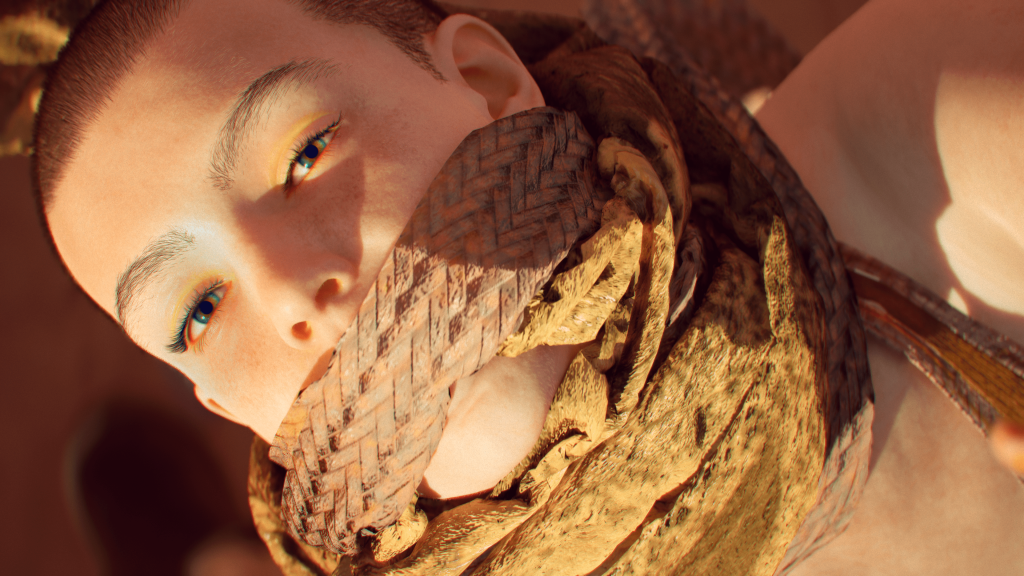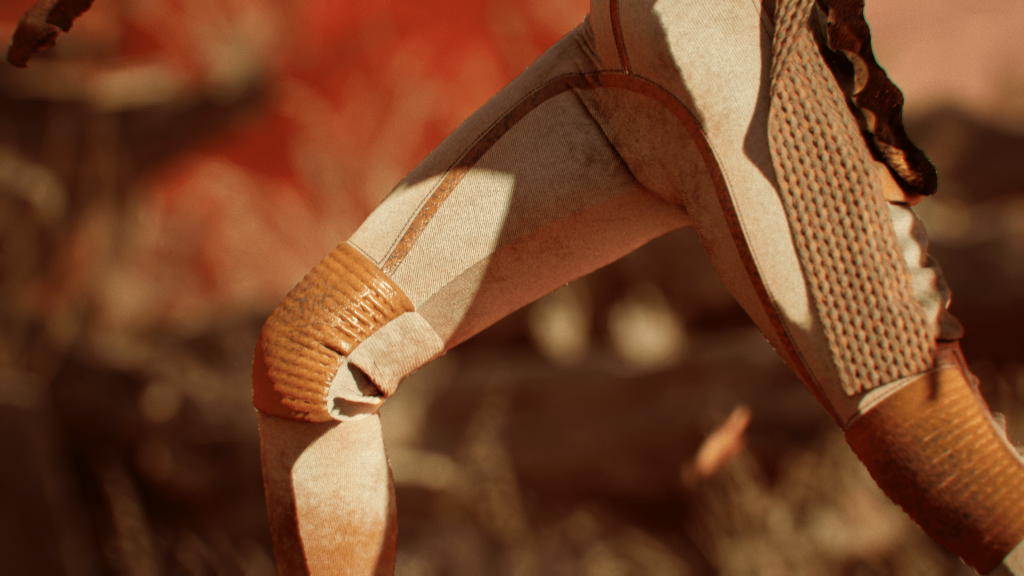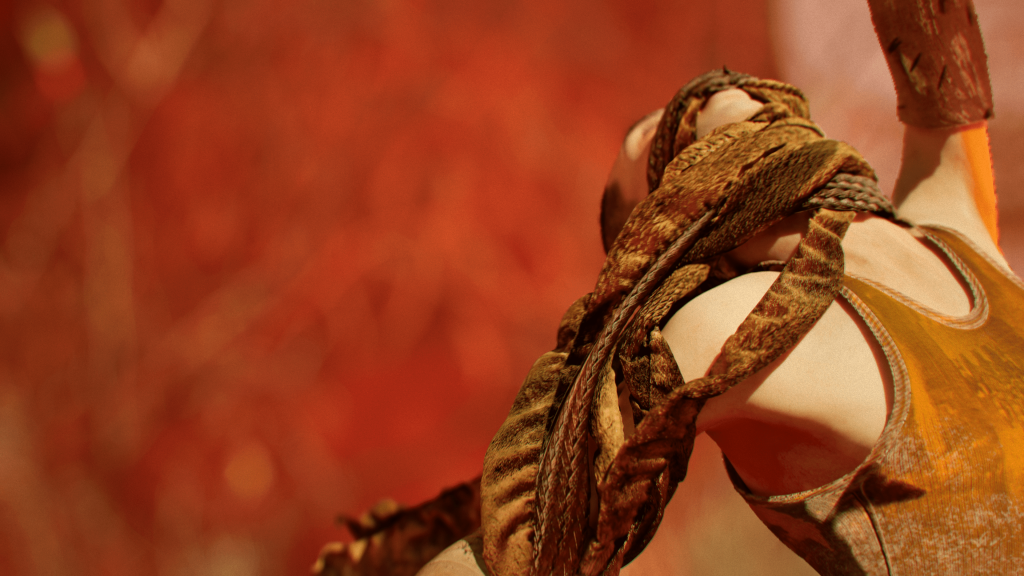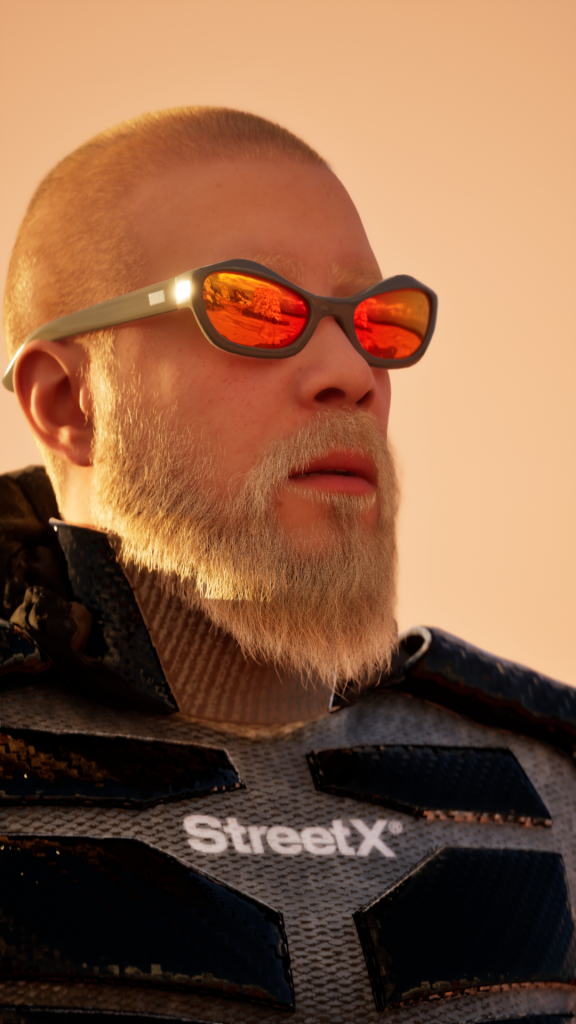
What sparked your journey into digital fashion, and how has technology shaped your creative process?
For me, the introduction to Digital Fashion came by way of the lockdowns. You know that thing where we had to stay at home for a couple of days, right? At that time, the craze of cryptocurrency was booming. NFT projects were popping off. As a teen, this was my shot at retirement. I must say at the time, I was studying Branded Fashion Design at Billy Blue under some of my favourite people in the industry.
There are these things in NFT projects called whitelists. Pretty much a list of people that were allowed to mint the NFTs of the project. These spots were highly sort after, as they could allow you to mint NFTs for low prices and quickly flip them for a quick profit, or HODL them of course. The most common way to get registered on these whitelists was to spend hours on discord servers where you would slowly level up and prove to the “lord almighty’ of the projects that you deserved a spot on the lists for your devotion and dedication to the values and beliefs of the project. Mind you, very little of the projects at the time had any true values or beliefs.
There had to be some other way onto these whitelists right? Well. Using my fashion knowledge from my studies at the time, I used the program Marvelous Designer [Similar to CLO3D, but more catered to a game and character design] to create fan art for each project. I would take the graphics and prints of the projects and put them across digital hoodies, facemasks and balaclavas. I would win spots on every whitelist that valued ‘art’ and ‘creativity’. I would never go on to make the millions I was so sure of, but it introduced me to this medium of creating.
I think this whole digital world is something that is almost intrinsically attractive to a creative born post the 90s or even the 80s. And for myself, as someone born in the Noughties, it is almost inescapable. You grow up playing video games, communicating with your friends via funny filters on Snapchat and now with the skills you have developed in your chosen medium, for me and I guess most of the readers of AI Fashion being fashion, undoubtedly you will strive to create or recreate these moments for others.
As for the creative process, it’s always been chaotic for me. I find I lose interest and won’t finish a project if it is just a set of steps to get me somewhere. It changes every project, especially with the rampant rate of new software and AI assistants coming out. It’s probably something that has kept me active in the space, not having a set-in-stone process. Versatile and adaptable.
Can you share insights into Nyvora, your fashion tech studio and how it’s disrupting the fashion industry?
Nyvora was something I started midway through 2023. I needed something more professional to go by when I started working with and approaching bigger brands. I’m still very much in the experimentation stage of trialling reach and networking using either a personal brand, being Jackson Cowden, or a studio with Nyvora. Its something I want to work through this year. Both have their pros and cons.



Your design philosophy embraces timeless aesthetics. How do you blend past ideas with new technologies to create something truly unique?
Its a great time to be embracing timelessness in your work! There’s this project, a friend of mine Martina Ponz (mponz_), is part of at the moment called d_archive (darchive.io). They’re taking archived garments from as early as 1820 and creating them digitally for democratized accessibility for students around the world. Why I say it’s a great time to embrace this timelessness, is because like d_archive, we are occupying a new medium. Even the act of recreating something from the past in digital form is a new idea.
Another way I blend timelessness into my work is by avoiding creating for now, but rather for 10–20 years in the future. It creates longevity in your work, knowing that 10–20 years from now, the work will be more relevant than it was when it was created.

You’ve been vocal about challenging fashion trends. How has this conscious outlook shaped your design approach, and what inspired you to take this stand?
I think a lot of designers, especially those oriented more towards art, have the same philosophy on trends. It comes back to a couple of ideas for me, Patience, Attention and Timelessness. Trends create, as Andy Warhol put it, “15 minutes of fame”, but with repercussions. Those repercussions don’t need to be said, as they are very common in the industry, but they’re not as commonly adhered to.
Attention is at its most volatile state in human history. “A Crisis,” written by Johann Hari in his Book “Stolen Focus”. Not needing anymore reason to avoid trend driven fashion, but I now inherit an additional psychological reason behind my philosophy.


Your ability to make designs virtually visible, even in front of Melbourne landmarks is amazing. Can you share how AR (augmented reality) exhibitions contribute to fashion?
I haven’t dug so deep into the AR world as of yet. Yes, It is a whole other world, including VR. I’ve toyed with it a bit, like compositing 3D assets into real-life footage, but the real-time stuff is quite crazy. My friends Belle (belle__wang_) and Clare (clarecreate) do some cool things with it. I see it really growing as part of any industry. With the excessive use of our phones and obsession with taking photos of ourselves, brands and companies will learn how best to occupy any space in sight.
A while a way but still in the scope of things is a society with VR headsets. You’ve seen with Meta’s new headset they can composite 3d assets over real life, so i do see a world where you wear your physical clothing, but in VR these crazy digital designs clothe you.
Can you talk about your recent fashion short film, “Australia”, and share the inspiration behind this?
I take on this philosophy that you must be sharing all your work. Especially in the age of AI, sharing your work every step of the way is necessary to create a personal brand. With a catalogue of your work and progression, you inherently will stand out when placed beside other brands or designers that only have a couple of projects completed. I say that because I’m working on a big project at the moment. Something that will come to life in a year, two or even three. And “Australia” is part of that catalogue I’m building. It’s a tester, an experimentation, a learning. Seeing how I can use those softwares, I predict still be in use by the time I release the project. Testing narratives and at the same time, defining a certain aesthetic or brand. It’s all about patience here.
As technology advances, how do you integrate AI into your creative process, and what do you envision for the future of AI’s role in shaping the landscape of fashion design?
I use AI quite a bit in my work, it’s not in the traditional image generators you see a lot of the time. But more in the tools that help me get from vision to execution. Sometimes, if I’ve got my work to a point where I see it going no further but it still isn’t really that good. I’ll take my original sketch or concept and put it through some image generators to see if with a couple of prompts, it can help me realize what is missing.
I see a lot of designers now putting their digital fashion creations through AI softwares that enhances the image, creating a close-to-realistic photo of the model and the garment. I really don’t see a reason why brands won’t start to use these enhanced digital renders as product photos on their websites. That way you can have hundreds of products available on a website, without having the samples made. With that, new business models will come about. A type of preorder system. When a garment has met its preorder quantity, it then goes into production. Simply more opportunities for a customer to find their perfect garments, and more opportunities to create that Goldilocks effect.


